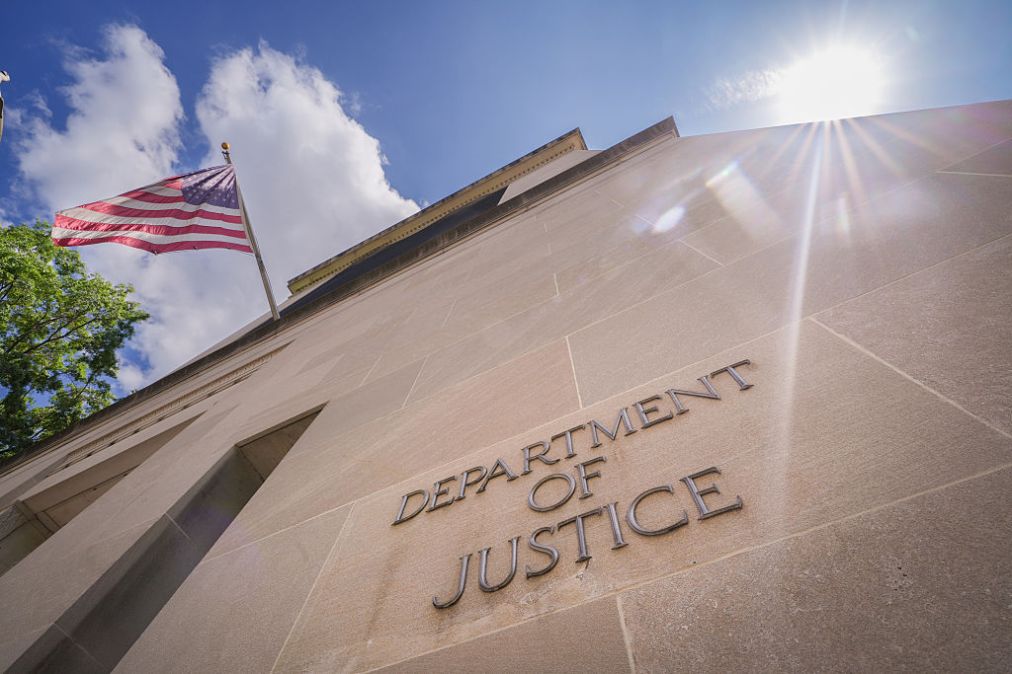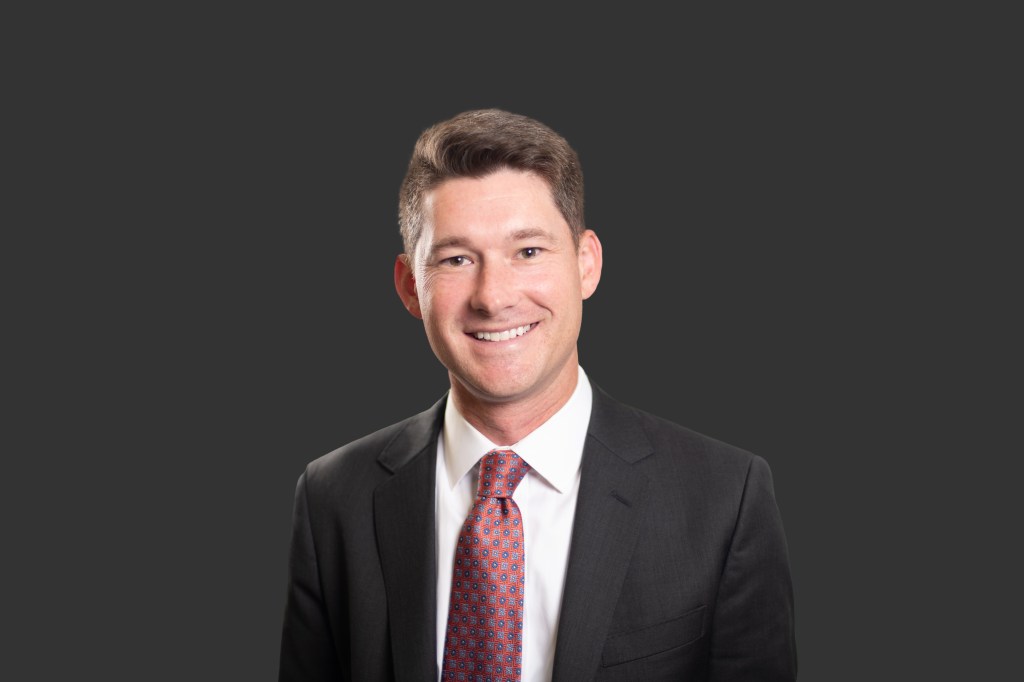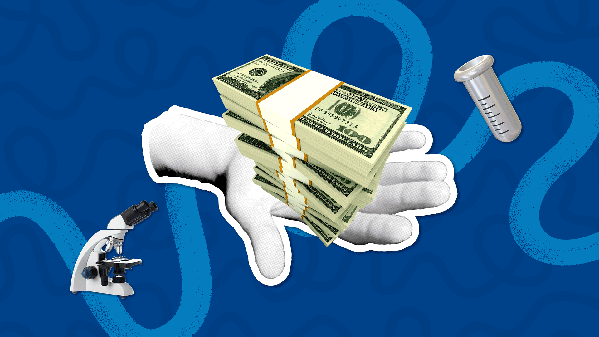How DOJ attorneys and EPA engineers secured a record Clean Air Act penalty

When Department of Justice attorney Nick McDaniel was tapped to lead a major enforcement action with the Environmental Protection Agency over vehicle emission control violations, he was under no illusions that his “soft sciences” background would be enough to get a win.
A Harvard Law grad with a bachelor’s degree in anthropology from Eastern Kentucky, McDaniel approached the highly technical case with a seemingly obvious but crucially self-aware thought: “You can’t pretend you’re an engineer.”
“You do have to really get in the weeds sometimes and understand it,” he continued. “Because you’re not going to be able to do your job as an attorney, which is negotiating a settlement document or explaining to a judge why your position is correct, or explaining to the public why a settlement is protective of public health. You can’t do those things unless you’re able to … look under the hood a little bit.”
Shepherding the DOJ’s case against Cummins Inc., McDaniel teamed with EPA engineers, scientists and outside consultants on the work, securing a record $1.675 billion Clean Air Act penalty in January 2024 against the Indiana-based engine manufacturer.
McDaniel, who took a deferred resignation offer from Justice in June after 11 years with the agency, will be recognized for those efforts Sunday with a Flemming prize, one of 12 public servants honored by the country’s oldest awards for government service.
“It means a lot,” McDaniel said of the honor. “I get to go up on stage and get the award. But lots and lots of other people worked on this project, and I was happy to be a piece of it.”

The stage was set for the Cummins settlement years before when regulators discovered “defeat devices” in diesel engines. Those devices, which could be software or mechanical, enabled engines to pass EPA emissions testing — but then out in the real world, the device didn’t activate the required emissions controls. Violations by Volkswagen generated plenty of headlines.
The Cummins case began with an EPA investigation into a software defeat device found in the engines of Dodge Ram trucks. Once the enforcement action was initiated, McDaniel and his colleagues in the DOJ’s Environment and Natural Resources Division had to figure out how many trucks were affected and how a fix could be made.
With the defeat devices installed, the trucks were emitting nitrogen oxides, or NOx, at levels far beyond EPA limits. McDaniel worked with engineers and scientists who “actually understand how these trucks work” and were able to tell the attorneys “how they need to be fixed” and “how long it’s going to take to fix them.”
From there, it was on McDaniel and his team to figure out how to “mitigate the harm that was caused” by the excess emissions and decide what sort of penalty would be appropriate for Cummins to pay. They reached that record-setting Clean Air Act figure after taking into account the scope of the manufacturer’s work: 630,000 model year 2013-2019 vehicles equipped with illegal software defeat devices and another 330,000 model year 2019-2023 autos with auxiliary emission control devices that Cummins did not disclose.
“We view that as an important factor in deterrence,” McDaniel said, “for future potential defeat device cases or engine manufacturers who have to be aware of the regulatory requirements and make sure they’re staying within the balance of what compliance requires.”
The Cummins case wasn’t McDaniel’s last with the DOJ, though it did encompass many of the things he loved most about public service: working with other “amazing” attorneys and EPA experts on “a really big undertaking” that resulted in undeniable environmental change for the better.
When asked if he thought the current administration would take on similar enforcement actions, McDaniel pointed out that an emissions cheating case against Daimler AG was brought during President Donald Trump’s first term, and cases like Cummins have been pursued by DOJ “under every administration.” Laws that protect clean air and water remain on the books, and the job of federal attorneys who do environmental compliance work “doesn’t change when the administration changes.”
Still, McDaniel left the DOJ during an especially “topsy-turvy time” in the federal government for a new role as a litigator with Babst Calland’s environmental, energy and natural resources groups. He’s rooting hard for the attorneys that remain but knows it’s not easy for them.
“My former colleagues in the environmental enforcement section have fewer resources,” he said. “Staffing levels are lower from retirements and other folks who have left the department. … That absolutely impacts their ability to do all the great work that they can do and want to do.”
Being part of a broader federal team isn’t an experience McDaniel can really replicate these days, but he’s embracing the change and grateful for his time in public service.
“Protecting the public interest and enforcing the law and defending the law … that’s an amazing, amazing thing to have as part of your profession,” he said. “So it is really important to me.”
This story was updated Oct. 30 to correct the emissions case pursued during the first Trump administration.





